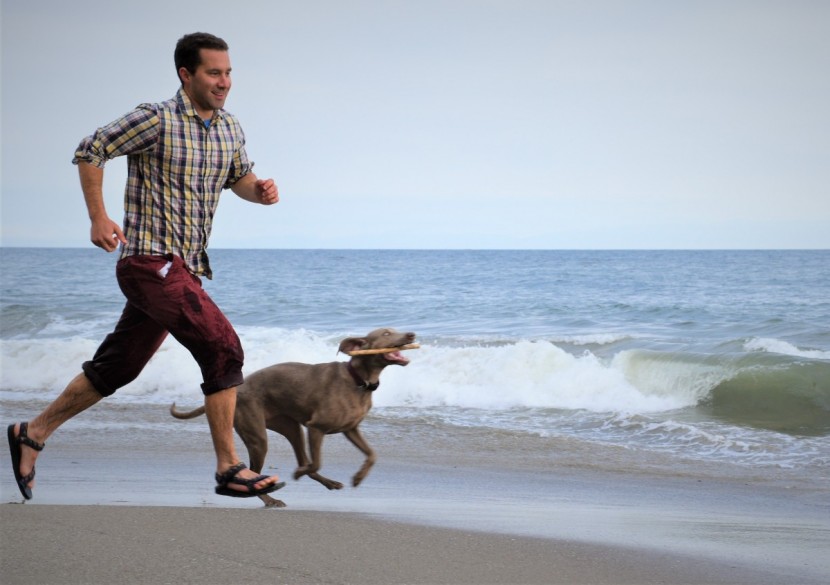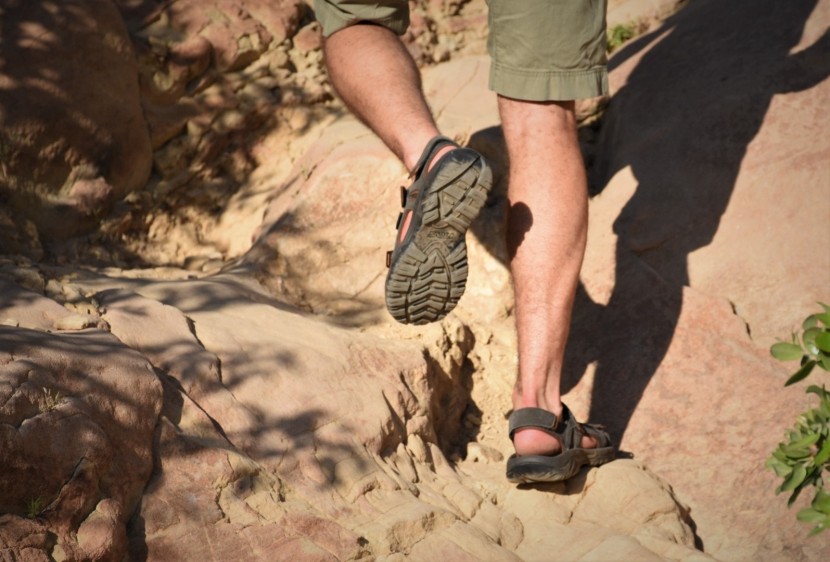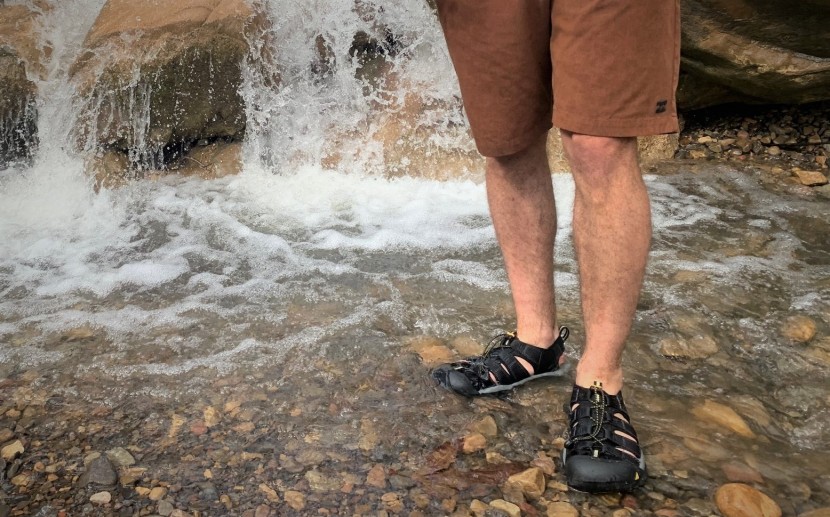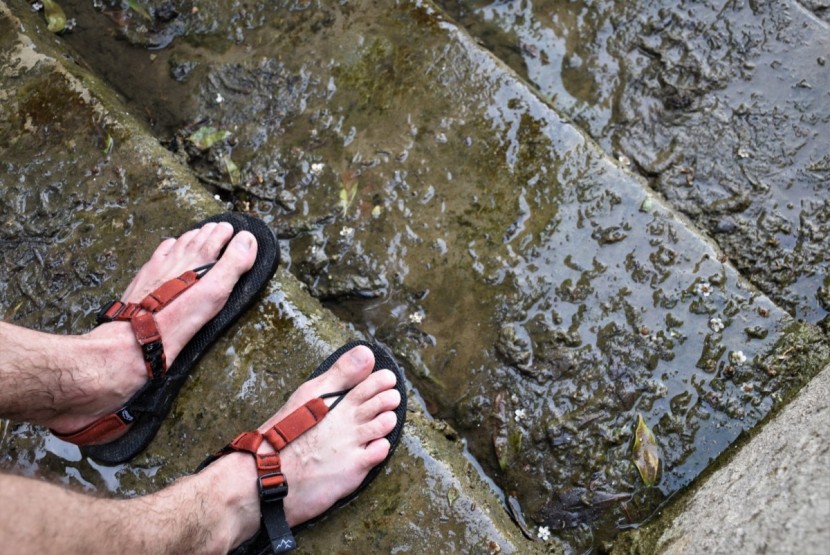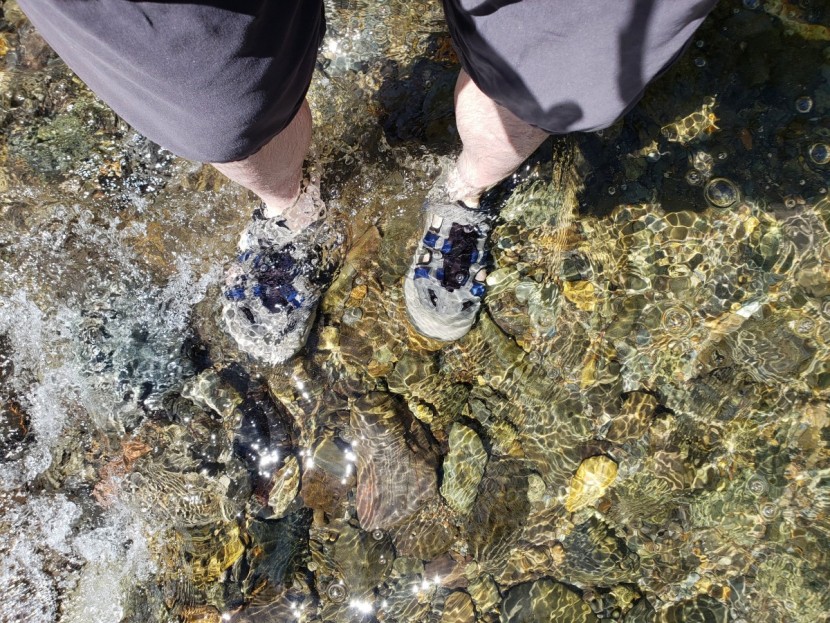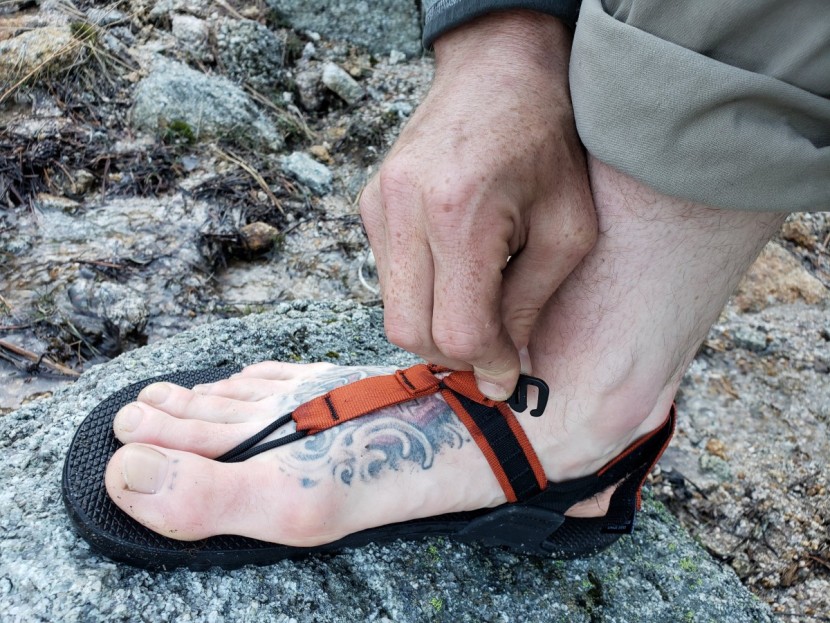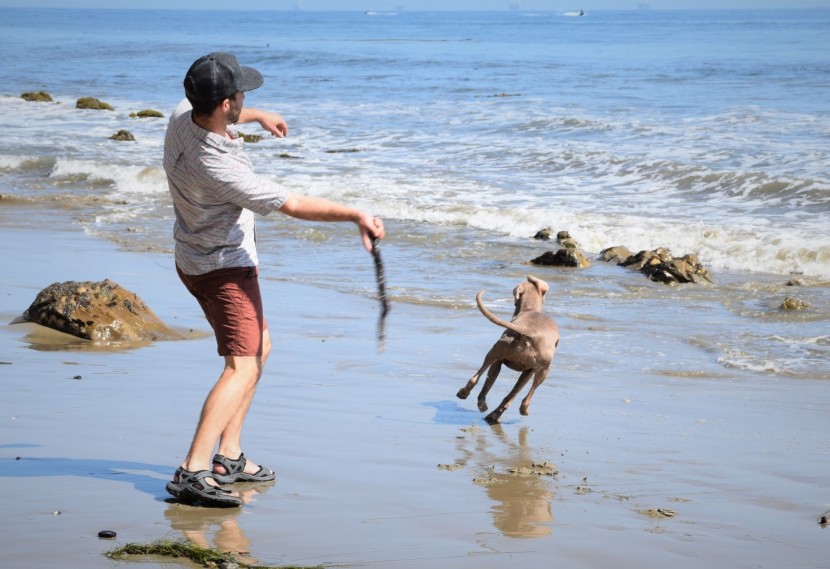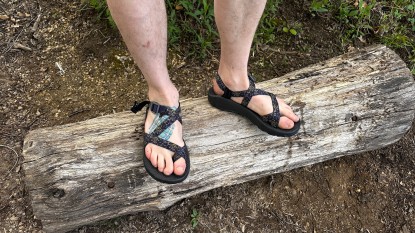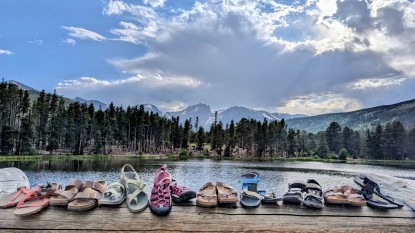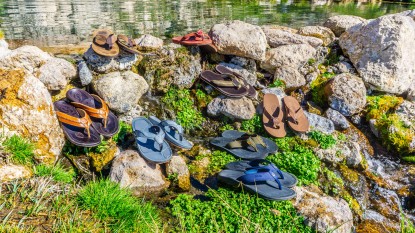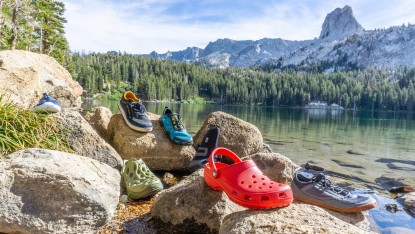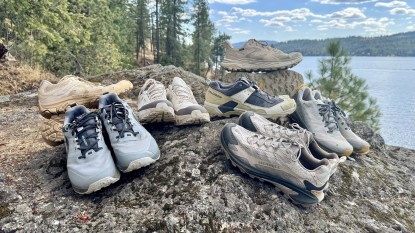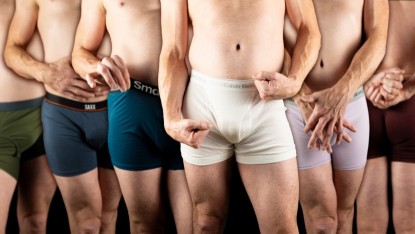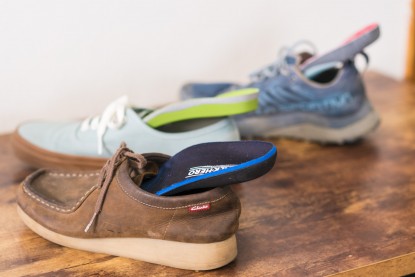The current market for men's sandals has become filled with many incredibly capable pieces of adventure footwear, thanks to advanced sole materials and creative designs that are comfortable, supportive, and performance-oriented. These sport-tuned models have transcended from simply being open-air footwear to serving unique and specified purposes, and can help you tackle your next objective in comfort and style. With a seemingly overwhelming number of options out there, we're here to help you find the right product for your next adventure.
With a diverse and growing footwear market, part of the responsibility ultimately falls on you, the user, to determine which products will likely best suit your needs. Unlike certain tools like binoculars or portable grills, footwear has many personal considerations that are highly dependent on user preferences and physical anatomy. Your foot shape, desired support or comfort level, and intended use should be the primary factors in helping you find the best product to suit your needs. We're excited to help you get started.
What Are Your Intended Activities?
Determining the best product for your needs starts with you deciding your most common usage. Even if you're just looking for a solid all-around performer, it's still a good idea to consider what type of activities you regularly engage in before narrowing down your choices. Not all products are created equally for every different use, and you'd be wise to pay close attention to the metrics that are most closely related to your favorite activities.
We will outline three different fundamental categories of use that should cover most of your forecasted activities and help you decide which models to add to your list for consideration. While most contenders fall clearly into one of these categories, some models manage to bridge that gap admirably as top all-around performers.
Hiking
For a lot of us, the greatest utility in a sandal is getting us from point A to point B across varied terrain, with more comfort and less weight than most other types of footwear. Humans have been blazing new trails with sandals on their feet for millennia, and today is no different. They can help you avoid hot, sweaty feet by keeping your toes and soles well-ventilated, they typically weigh less than most other hiking shoes or boots, and they're easier to get off and on when you stumble upon that perfect swimming hole (or you can even jump in without taking them off).
If you're looking to nab a pair of top-rated sandals that could stand in place of your hiking boots or trail shoes, then you're in luck. Our testers found that today's hiking oriented models are plenty comfortable for long days where you might encounter a wide variety of demanding conditions, and have the performance to keep up with all but the most extreme terrain or weather conditions. Hiking sandals should be sturdy, resilient, and have adequate traction, and ideally should also be comfortable, lightweight, and packable.
Watersports
If you don't wear sandals as part of your everyday footwear, you most likely still have a pair on hand for beach days, lake days, river days, or any outing that gets you close to the water. The open-air breathability, quick-drying construction, and easy on and off of this type of footwear make them a perfect option for watery adventures, especially when your favorite flip flops just won't quite cut it. (You might also consider a pair of water shoes for your water-focused activities. We've outlined our favorites in our review of water shoes for men.)
When engaging in watersports, your main considerations should be wet traction, water resistance, and the ability for water or sediment to drain from the footbed. Super grippy soles will not only help keep you safer on slick rocks, wet boat docks, or muddy trails but will enhance your overall performance in these wet conditions. Furthermore, the water-resistant materials and design help to keep your feet comfortable during these soggy outings. Minimalist designs will have less material to get wet, but will also provide less protection from rocks and snags, especially compared to closed-toe designs.
Travel and Urban Use
If you're looking for a model to do-it-all, that can be slipped on for a quick walk or tossed into a beach bag, this is the category for you. A sandal that you intend to wear around town should be comfortable and versatile. It also doesn't hurt if it is stylish to help make a smooth transition to happy hour or dinner after a day spent out and about. But since style is highly subjective, we chose not to rate that as a metric and instead let you decide the most flattering type of footwear to suit your tastes. In some cases, a pair of flip flops may be all you need to get to where you're going. However, if you plan to venture off the beaten path in your new kicks or to keep them on all day, we would recommend something with a bit more support.
Closed Toe Designs
Knowing the activities in which you plan to use your footwear is a great start to choosing the right pair. At some point, you'll be asking yourself if you need the extra protection of a closed-toe design. Depending on your intended use, an ultra-minimal pair might be just fine, or, you might need extra protection if you're bushwhacking through challenging terrain, or traversing through stream or rivers where you can't see your exact foot placement. Additionally, some of us may opt for greater protection because we're accident-prone and stub our toes frequently.
We are well aware that some folks have an almost vehement opposition to closed-toe sandals, yet it's prudent to include some representation from this less-popular but essential category of shoes. You may ask yourself: “At what point does a sandal become a full-on hiking shoe?” It's is a fine question, but let us explain why closed-toe sandals and hiking shoes are two wildly different things.
A closed-toe sandal still provides the user with a substantial amount of drainage and breathability when compared to a hiking shoe. While they can still be worn with socks, we suspect that most of the time you will go without them. One of the drawbacks to a closed-toe design is that the same holes that allow water to drain through can also potentially become filled with sand and pebbles. In our experience, this debris is much more difficult to get out in closed-toe models than in a traditional open-toe model. So, think carefully about whether you plan to be out and about in wet or dry conditions. Closed-toe models will excel in wetter or more rugged conditions.
Getting the Right Fit
Along with all the different available styles and aesthetics, finding the right fit is where sandals get really personal. While there isn't a perfect substitute for going in-person to a brick and mortar store to try on different pairs, we also realize that this isn't how a lot of us shop in this day and age. Shopping around in person can be inconvenient and time-consuming, and you can typically find a much broader selection of styles and prices on the world wide web.
Knowing your foot shape and biomechanics, and what type of footwear styles typically are most comfortable for you can be a great start to guiding you towards a great fit. Folks with flat arches will probably feel more comfortable in a less-contoured (and flatter) footbed. If you have high arches and need more stability, models with contoured footbeds and arch support would fit the bill. For wide-footed adventurers, there are a few models offered in both regular and wide sizes, so be on the lookout for those.
Unfortunately, it's quite rare to find an outdoor sandal available in narrow sizes. However, we've found that the high adjustability that this type of footwear provides can usually accommodate narrow feet better than most other shoes. If you have uniquely shaped feet that often struggle to find footwear that fits, it might be worth searching for a model with highly rated adjustability scores.
Bottom Line
We hope that this buying guide is a good resource to help you understand the current sandal market and to help get you started with determining which products might be best suited for your individual needs. Before making a final purchase, we recommend checking out our comparative sandals review, which identifies the current market's top offerings. Armed with the knowledge of the best products available that will meet your needs, you'll be ready to snag a new pair of kicks for your next hiking, water, or urban adventures.


